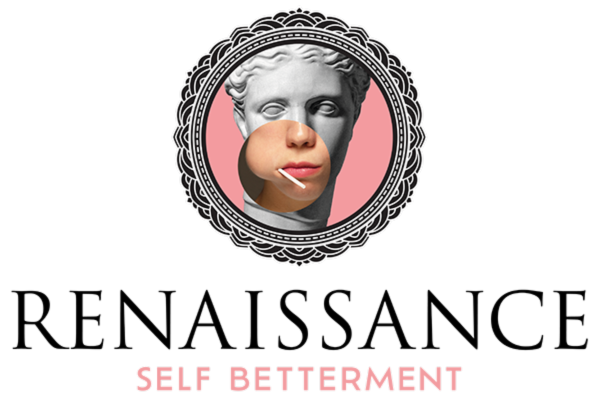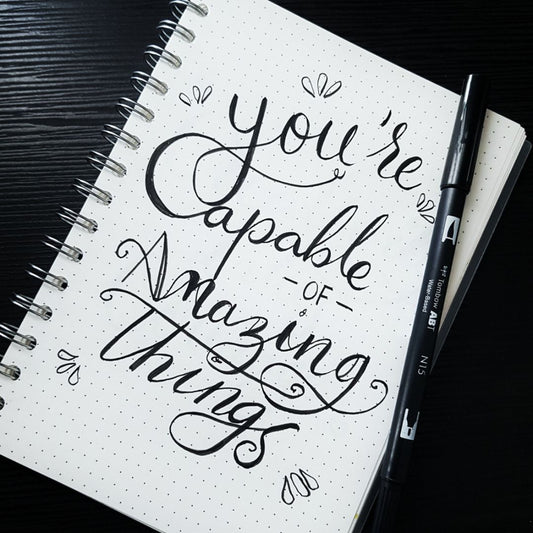Thinkific
Cognitive Behavioural Therapy (CBT)
Cognitive Behavioural Therapy (CBT)
Couldn't load pickup availability
Cognitive Behavioural Therapy (CBT)
This Cognitive Behavioural Therapy CPD accredited course provides comprehensive training and guidance in effective techniques for both self-help and professional use. Through this exclusive educational opportunity, you will gain a sophisticated understanding of the psychology behind managing and understanding healthy and unhealthy thought patterns. Enhance your knowledge in this field with this premier course, designed to inspire both personal growth and professional success.
Hello and a warm welcome. This CBT therapy training course is brought to you by the online Training Academy of Renaissance Self Betterment.
Whether you are new to CBT therapy or have been practising it for some time, our online CBT training course is designed so that everyone can benefit, and make significant changes to their personal and professional life.
Cognitive behavioural therapy is highly effective, addressing many issues and in a variety of settings. CBT therapy is particularly useful for help with depression, and is often featured in anger management courses.

Experience Smooth and Simple Checkout with Thinkific
Experience the convenience and ease of completing your checkout with Thinkific Payments. Seamlessly integrated into our platform for a smooth selling experience.
This Cognitive Behavioural Therapy (CBT) online course is suitable for:
Help with depression.
Those who wish to further their career in the field of CBT therapy, or any other coaching / therapy based fields.
For people who are interested in self help and self development.
For anyone who wants to train in becoming their own counsellor or CBT therapist.
This online CBT course is entirely self paced.
There is no specific time frame in which the course should be completed. In fact, we encourage you to take a break after certain lectures, to ensure that you have the space and time, to complete the exercises in full. Once purchased, this online CBT therapy training course comes with full lifetime access.
Our CBT Therapy Training Course is Comprehensive and Includes:
Section 1 – Introduction
Course outline – An introduction to CBT Therapy and how the course is laid out.
What you can expect from this course – As the creator of this CBT therapy training course, I provide support for my students 7 days a week. On course completion you will have a solid understanding of CBT, including gained practical skills as well as techniques in the application of CBT.
Who is this course intended for? – This lecture will give you an idea of just how versatile CBT is, making this course suitable for anyone and everyone, even if you’re completely new to the subject.
Why you should take this course – Here are some great reasons why you should take this course!
Course objectives – On completion of this course, you will be able to use CBT in many areas of your life as you become your own counsellor and CBT therapist.
All our courses are fully accredited with the CPD Standards Office. Here's an example of the certificates issued to our students' on completion:
-

Diploma
Fully Accredited Diploma Course
Compatible With All Devices
-
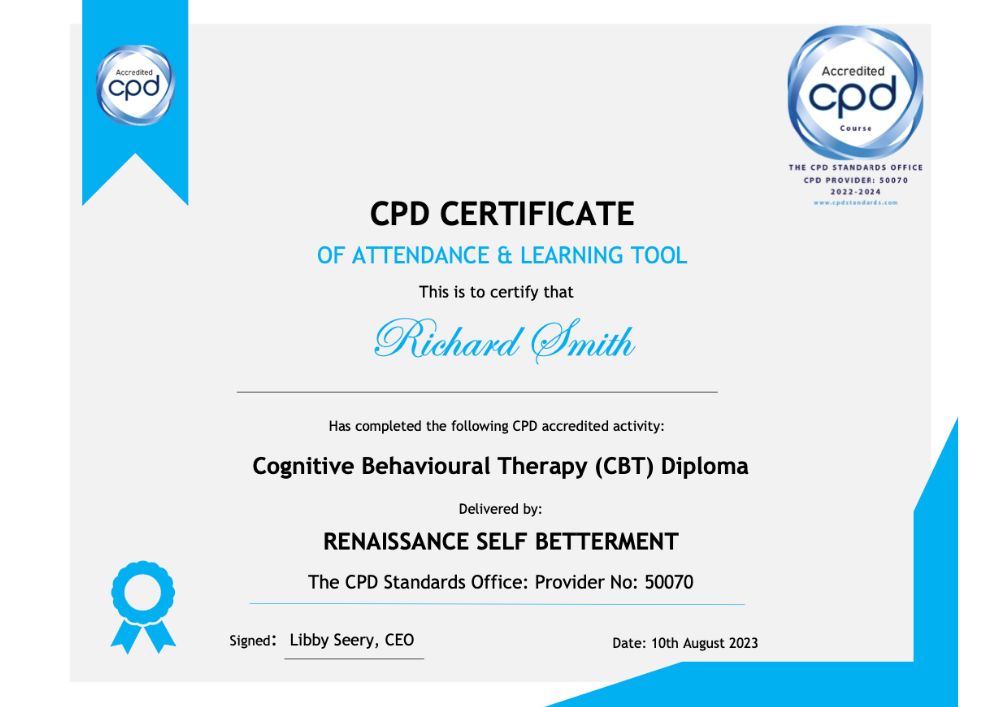
CPD Certificate of Attendance
Gain CPD / CE Credits
Full Tutor Support 365 Days
-
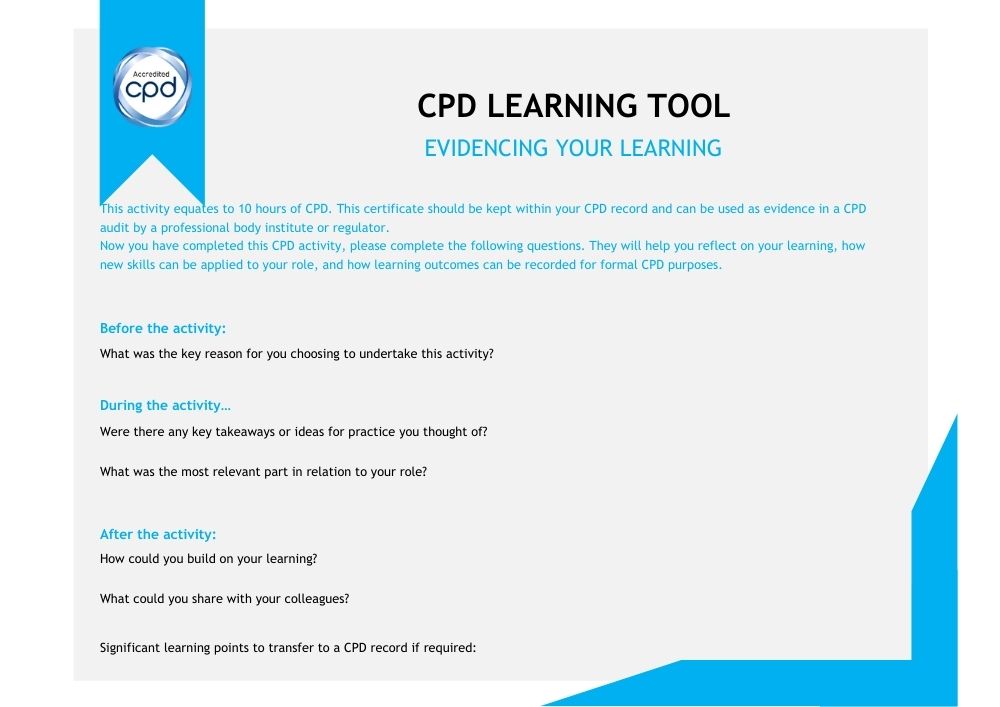
Evidencing Your Learning
This activity equates to 10
hours of CPD
Section 2 – Covering The Basics Of CBT
What is CBT? – In this lecture we cover the basics of CBT and learn that acronym CBT stands for Cognitive Behavioural Therapy.
Who uses CBT Therapy? – Here we take a look at who uses CBT therapy and what they use it for.
CBT for children – CBT therapy can be used in schools for children with behavioural problems.
CBT in the workplace – In the workplace, CBT therapy is a great tool for problem solving.
CBT for relationship issues – Again a great tool for resolving relationship issues and issues surrounding family dynamics.
The principles of CBT – Gain an understanding of the principles of CBT and how our thoughts, feelings and behaviours affect each other.
From triangle to table – In this lecture, with the help of examples, you will learn how to record information about your thoughts, feelings and behaviours.
Section 3 – Anxiety
Anxiety lecture – With the use of examples, discover how a certain amount of anxiety can be a positive thing. We also take a look at the body’s trigger that activates our fight or flight response. So when is anxiety a problem? Lets find out in the next lecture, by completing an exercise.
Anxiety exercise – This lecture is a practical exercise in identifying negative cycles of anxiety. I recommend that you have a look at the downloadable resources included, before starting the exercise.
Anxiety conclusion – In this lecture we start to look for patterns, using the results from the Anxiety Exercise.
Anxiety coping cards – I’ve included some coping cards, neat little cards for you to access during stressful moments.

Section 4 – Let’s Do CBT
Negative cycles – Understanding negative patterns.
Negative cycle of depression – Sarah – This case study will explore the negative pattern of depression.
Negative cycle of anxiety – Katryna – This case study will explore the negative pattern of anxiety.
Clarification of thoughts and feelings – Thoughts and feelings are often misinterpreted and misunderstood.
Let’s do CBT exercise – This CBT therapy exercise, is another practical exercise to explore our thoughts, feelings and behaviours, in even more detail, gaining a deeper level of self awareness.
Cognitive Behavioural Therapy (CBT) Section 5
Identifying Thoughts, Feelings & Behaviours
Section 6
Understanding Thoughts, Feelings & Behaviours
Section 7
Making Changes
Section 8
It’s All About You
Section 9
Conclusion
This course will equip you with everything you need, in order to become your very own counsellor and CBT therapist.
Reviews for Cognitive Behavioural Therapy (CBT)
-
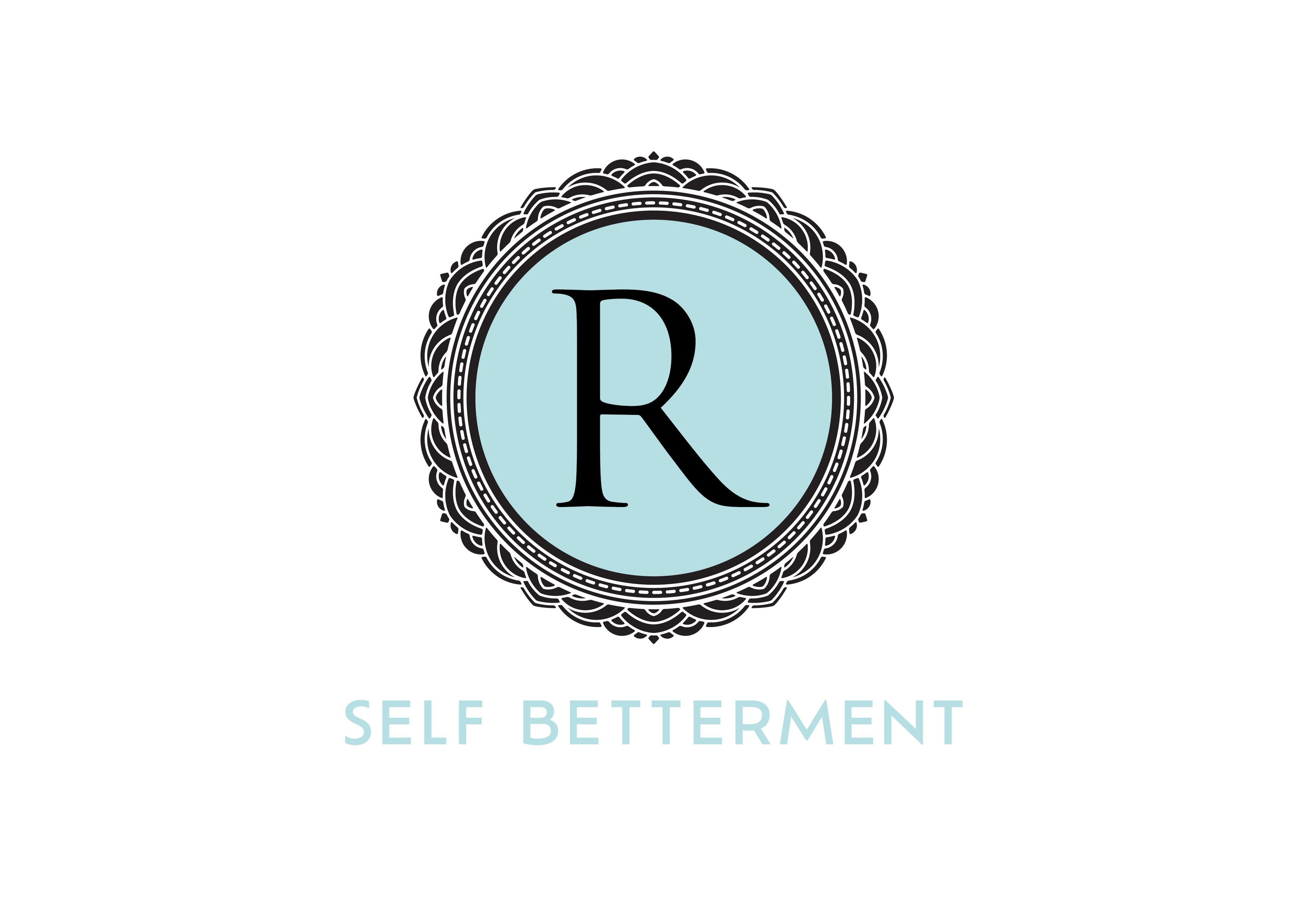
Charmel T.
This course will help me personally and in my work involvement to communicate better with with colleagues and agents. I can also teach them the CBT technique and use it in my daily communication with my colleagues and for myself. ⭐⭐⭐⭐⭐
-

Leon S.
This course is brilliantly delivered by Libby Seery who is a highly experienced educator. It provides substantial grounding in CBT and the life changing skills taught can be applied immediately. ⭐⭐⭐⭐⭐
-

Bianca H.
This course is a good match for me. Currently I have been interested in Joyce Meyers teachings. She encourages people to think thoughts on purpose. This CBT course give me a better understanding of where certain thoughts, feelings, and behaviors can stem from. Over all its helping me to understand how my mind works and how it could work alternatively in my favor. ⭐⭐⭐⭐⭐
Featured collection related to Physical and Mental Well-Being
Experience a Renaissance of self-discovery and growth through our online courses in the Physical and Mental Well-Being Collection.
-
CBT For Depression, Anxiety and Phobias
Regular price From £49.50 GBPRegular priceUnit price / per£129.95 GBPSale price From £49.50 GBPSale -
Rational Emotive Behavioural Therapy (REBT)
Regular price From £49.50 GBPRegular priceUnit price / per£129.95 GBPSale price From £49.50 GBPSale -
Cognitive Behavioural Therapy (CBT)
Regular price From £49.50 GBPRegular priceUnit price / per£129.95 GBPSale price From £49.50 GBPSale -
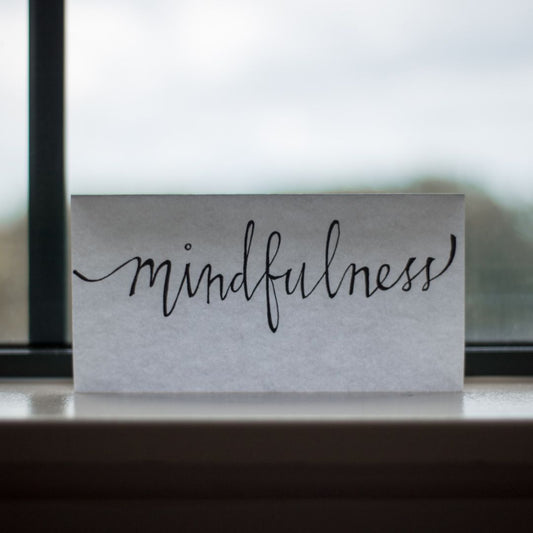 Sale
SaleMindfulness
Regular price From £49.50 GBPRegular priceUnit price / per£129.95 GBPSale price From £49.50 GBPSale
